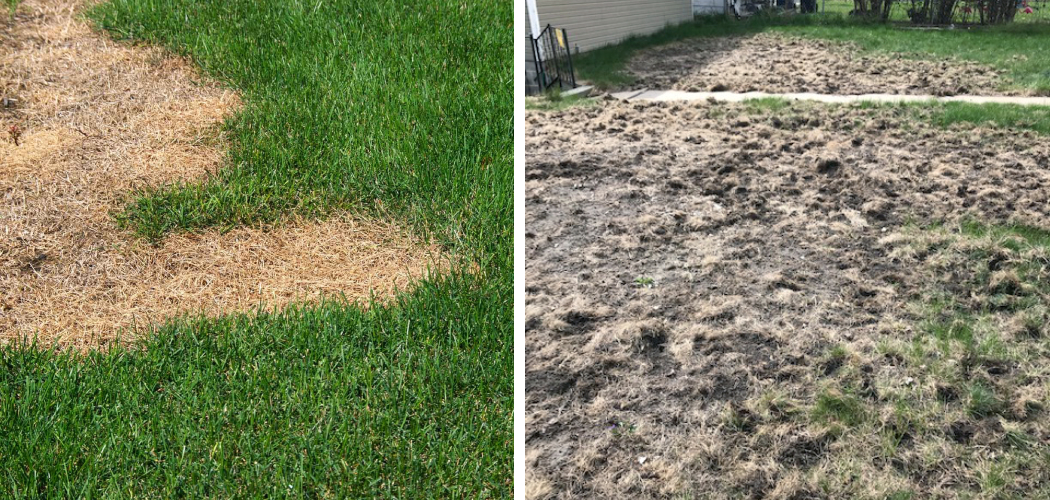A dead yard can be an eyesore. When grass, shrubs, and trees become sparse or fail to grow in a part of your lawn, it can detract from the overall beauty of your home’s outdoor living space. A dead yard also won’t be able to provide much shade on hot days or protection for nearby plants. Luckily, fixing a dead yard is not as difficult as you think.
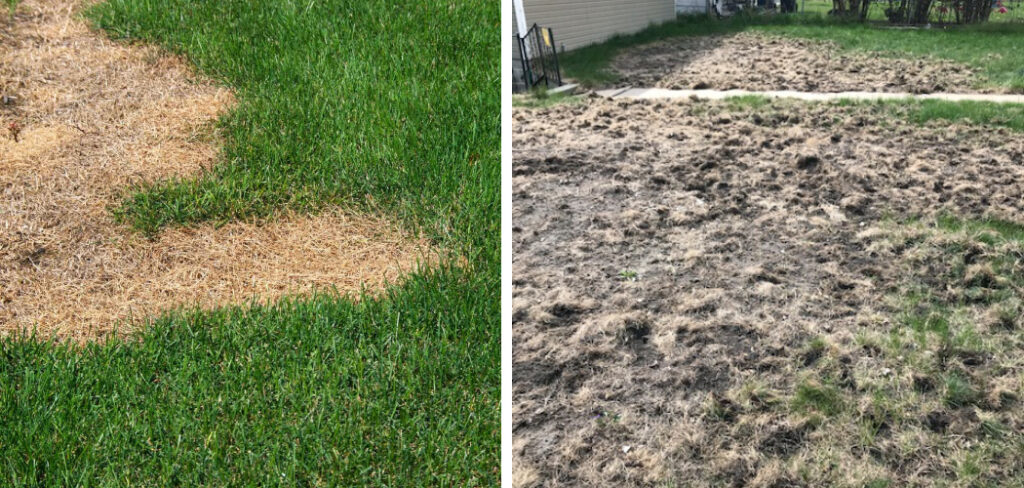
One of the biggest advantages of learning to fix a dead yard is that it can save you money. Rather than paying for expensive landscaping services, you can learn how to do it yourself, saving time and money. Additionally, by doing the work yourself, you have more control over the results and can customize the design as much or as little as you want. In this blog post, You will learn how to fix a dead yard.
Step by Step Processes for How to Fix a Dead Yard
Step 1: Inspect the Yard
The first step in fixing a dead yard is to inspect the soil, plants, and hardscape. This will help you determine what type of problem your yard has and how best to address it. Once you’ve identified the problems, you can focus on addressing these areas specifically. Some common issues include poor drainage, lack of nutrients, root rot, and overgrowth.
Step 2: Test the Soil
Testing the soil is a great way to identify any nutrient deficiencies or pH imbalances that may be causing problems in your yard. A simple soil test kit can give you the information you need to make informed decisions about how to best care for your yard.
Once you know your soil needs, you can amend it to ensure it is as healthy and nutrient-rich as possible. Some common amendments include compost, peat moss, bone meal, and manure.
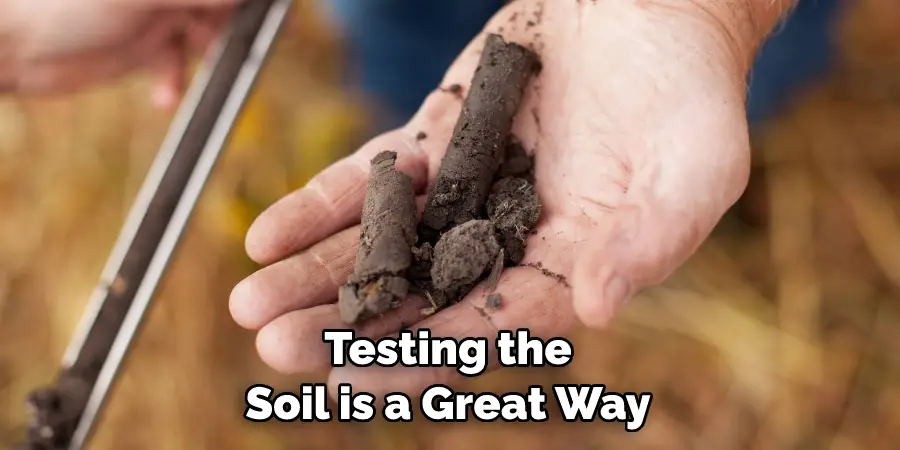
Step 3: Plant Carefully
When choosing plants for your yard, consider the climate in which they will grow. Each plant needs specific amounts of sunlight and water to thrive, so choose plants that will do well in your area. Adding organic mulch around plants helps retain moisture and reduce weeds. When applying mulch, ensure it is a few inches thick and free from debris or foreign objects.
Step 4: Provide Shade
Having a few strategically placed trees can provide your yard with much-needed shade and help cool it down on hot days. Choose trees that are native to your area for the best results. Installing an irrigation system can be a great way to ensure your plants get the water they need. This can help reduce water waste and ensure plants get the right moisture.
Step 5: Use Pest Repellents
To keep pests from destroying your plants, consider using natural pest repellents such as garlic oil or neem oil. You can also use landscape fabric to discourage weeds from growing in unwanted areas. Regularly monitoring your yard is a great way to ensure it remains healthy and vibrant. This includes checking for any signs of disease, pests, or weeds and taking action as needed.
You can revive even the dead of yards by following these steps. Your yard can be transformed into a lush, beautiful place with patience and care.
Tips for How to Fix a Dead Yard
- Always wear long pants, long sleeves, closed-toe shoes, and safety glasses when working in a dead yard.
- Make sure to use the appropriate tools for the job at hand to minimize any potential risks. Be sure to check that all tools are in good condition before using them.
- Clear away debris or sharp objects before starting work on the dead yard to reduce the risk of injury or damage.
- Dead yards often need regular water and fertilizer to return to life. Be sure to read all instructions regarding the proper use of these materials to maximize the effectiveness of your efforts.
- Replacing dead plants and reseeding with new grass can help bring a yard back to life. Make sure to read all instructions regarding how much, how often, and what types of seeds are best for the area you are working on.
- Monitor your progress while fixing a dead yard. Make any necessary adjustments to the watering and fertilizing schedule or replanting/reseeding plan.
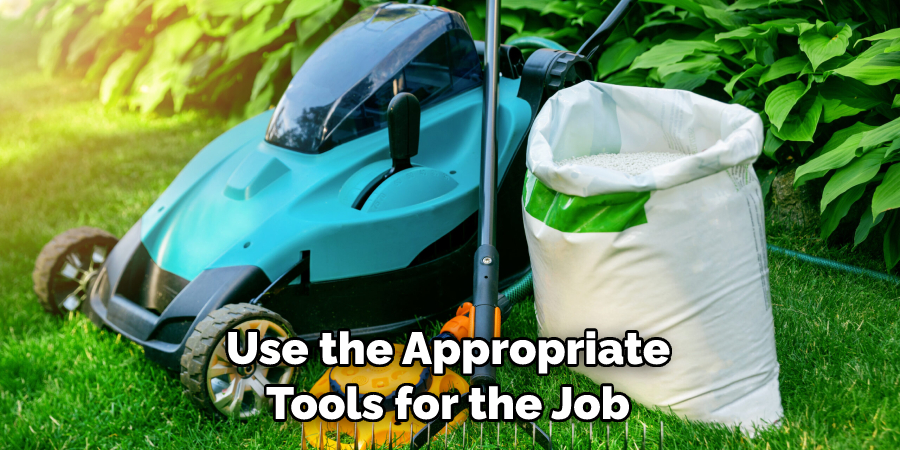
By following these simple steps, you’ll be on your way to bringing life back into a dead yard in no time. With enough patience and effort, you can create a beautiful outdoor space that’s both enjoyable and safe.
Are There Any Special Considerations You Should Keep in Mind When Bringing Life Back to Your Dead Yard?
Yes, there are a few considerations you should keep in mind when bringing life back to your dead yard. First, consider the climate of your region. Depending on the season, you’ll need different plants that can tolerate heat or cold temperatures and variable moisture levels. Second, determine if your soil is suitable for growing plants.
Too acidic or alkaline soil may require soil amendments before planting starts. You should also consider adding compost, fertilizer, or other types of mulch to enrich the soil and promote better growth.
Third, selecting plants carefully is important based on what will work best for your specific yard environment. Choose plants with colors and textures you like and ones that are local to your region and can easily survive in the climate. Fourth, consider including hardscaping elements such as mulch beds, stone paths, pavers, retaining walls, water features, or decks in your landscaping design.
These elements will give your yard a more polished look, help protect plants from extreme weather, and make your yard more inviting.
What Maintenance is Required to Keep a Dead Yard Healthy and Vibrant?
Maintaining a dead yard requires effort and dedication, but you can keep your outdoor space looking vibrant and healthy with the right steps and tools. Here are some tips on fixing a dead yard:
- Test Your Soil: Knowing the soil quality in your yard is essential for proper maintenance. Testing your soil will help determine which kinds of fertilizer, pest control, and other treatments will be best for the conditions in your yard.
- Prune and Trim: Overgrown trees and shrubs can make a dead yard look more dismal than it is. Regularly pruning and trimming plants helps keep them healthy while maintaining a neat appearance in your outdoor space.
- Fertilize: Adding nutrients to your soil can help bring back life and color to your yard. Choose an organic fertilizer with nitrogen, phosphorus, and potassium for best results.
- Water Regularly: Keeping a dead yard properly hydrated is essential if you want it to be healthy and vibrant. Deep water the lawn at most once per week.
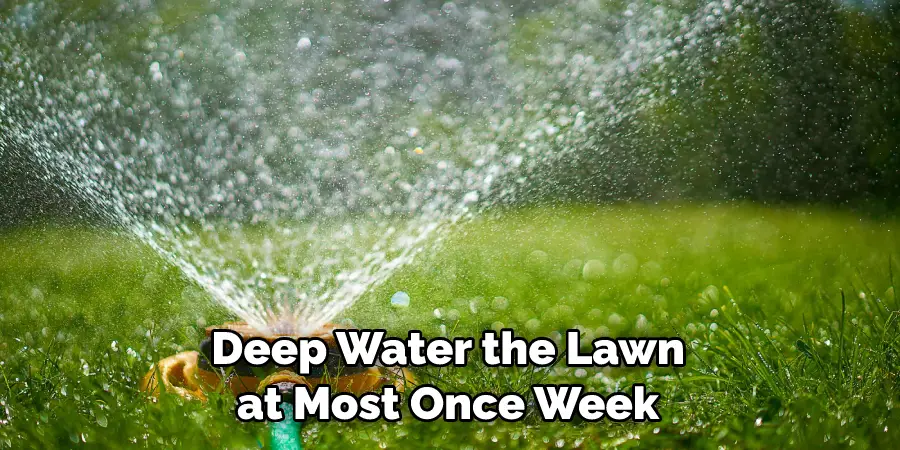
With a little effort and dedication, you can fix your dead yard and keep it looking healthy and vibrant. With the right maintenance, you can have an outdoor space that looks great for years.
How Can You Avoid Common Mistakes When Attempting to Bring Life Back to Your Dead Yard?
When attempting to fix a dead yard, it is important to avoid common mistakes that can result in wasted time and resources. Here are some tips for avoiding potential pitfalls when bringing life back to your dead yard:
- Make sure you know what type of soil you have. Depending on the soil in your yard, different tactics may be necessary to bring it back to life. A soil test can help you determine the nutrients and amendments needed for your yard.
- Consider the local weather conditions and microclimates in your area. Different types of plants require different amounts of sun, water, and other environmental factors. Knowing this can help you choose plants that thrive in your climate and environment.
- Test out different solutions before committing to a full-on project. If you’re unsure what plants or methods will work best, try small-scale experiments before tackling the entire yard. This can help you save time and money in the long run by ensuring that your efforts are successful from the start.
- Make sure to water plants consistently. One of the biggest mistakes people make when reviving a dead yard is not providing enough water for the plants they are trying to grow. Ensure you consistently water and monitor soil moisture levels to achieve optimal success with your yard project.
- Consider adding an irrigation system. Installing an irrigation system can make watering much easier and more efficient, allowing you to spend less time on maintenance while still providing the plants with adequate water. Investing in a good irrigation system can be a great way to ensure success when fixing a dead yard.
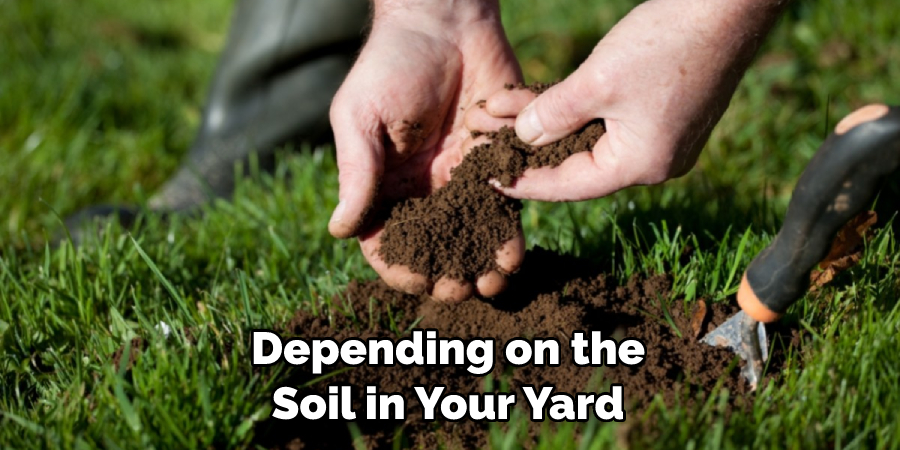
By following these tips, you can ensure that your efforts to bring life back to your dead yard are successful. Taking the time to plan and consider your options can save you a lot of frustration in the long run and help you create a thriving yard.
Are There Any Common Mistakes Homeowners Make When Attempting to Revive a Dead Yard?
Yes, homeowners make several common mistakes when attempting to revive a dead yard. One of the most common is not properly preparing the soil before planting. With proper preparation, plants can take root and survive in nutrient-poor soil.
It’s important to use a soil test kit and add any necessary nutrients or amendments to ensure your plants have the best chance of survival. Additionally, it’s important to choose plants suitable for your climate and soil type.
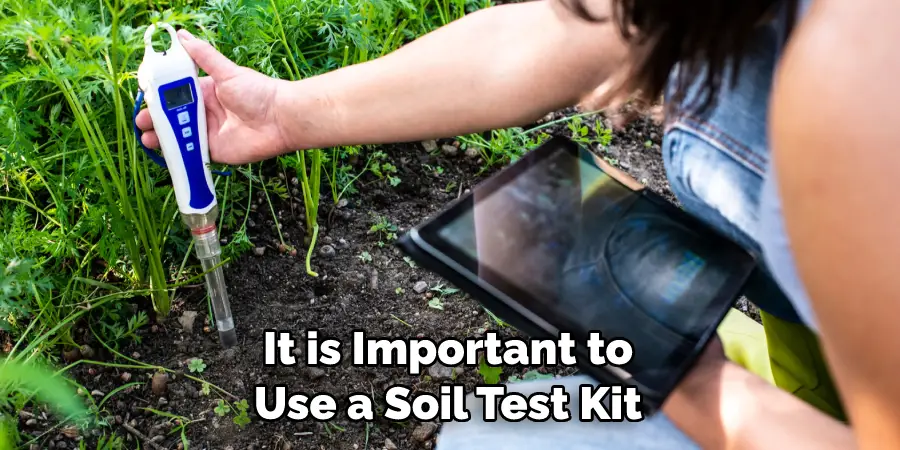
Another common mistake is not providing enough water. Watering deeply at least once a week is usually necessary to ensure the roots get enough moisture to stay healthy and grow. Overwatering can also be an issue if it leads to waterlogging and drainage problems.
Additionally, improper mowing can damage grassroots and prevent them from taking root. Finally, weeds can quickly overtake a dead yard if left unchecked. Make sure to pull up any existing weeds before planting new plants in the area, and use mulch or other ground cover to help prevent weed growth.
Conclusion
In conclusion, reviving a dead yard is a challenging task and requires patience, care, and attention. However, with the right steps in place, bringing life back into your outdoor space is possible. Start by assessing the damage that has been done to your yard and come up with a plan for how you want to proceed.
From there, begin working on cleaning up, aerating, weeding, and fertilizing the soil. Plant new grass or lay sod as needed, and water your yard regularly.
Finally, add landscape beds or patio areas to give your outdoor space a more finished look and some character. Reading this post has helped you learn how to fix a dead yard. Make sure the safety precautions are carried out in the order listed.
About
Outdoor Fixes is a distinguished figure in the world of Diy design, with a decade of expertise creating innovative and sustainable Diy solutions.
His professional focus lies in merging traditional craftsmanship with modern manufacturing techniques,
fostering designs that are both practical and environmentally conscious. As the author of diy,
outdoorfixes delves into the art and science of outdoorfixes-making, inspiring artisans and industry professionals alike.
Education RMIT University
(Melbourne, Australia) Associate Degree in Design (Outdoor Fixes) Focus on sustainable design, industry-driven projects,
and practical craftsmanship. Gained hands-on experience with traditional and digital manufacturing tools, such as CAD and CNC software.
Nottingham Trent University
(United Kingdom) Bachelor’s in outdoorfixes.com and Product Design (Honors) Specialized in product design with a focus on blending creativity with production
techniques. Participated in industry projects, working with companies like John Lewis and Vitsoe to gain real-world insights.
Publications and Impact
In diy, Outdoor Fixes his insights on indoor design processes, materials, and strategies for efficient production.
His writing bridges the gap between artisan knowledge and modern industry needs, making it a must-read for both budding designers and seasoned professionals.

